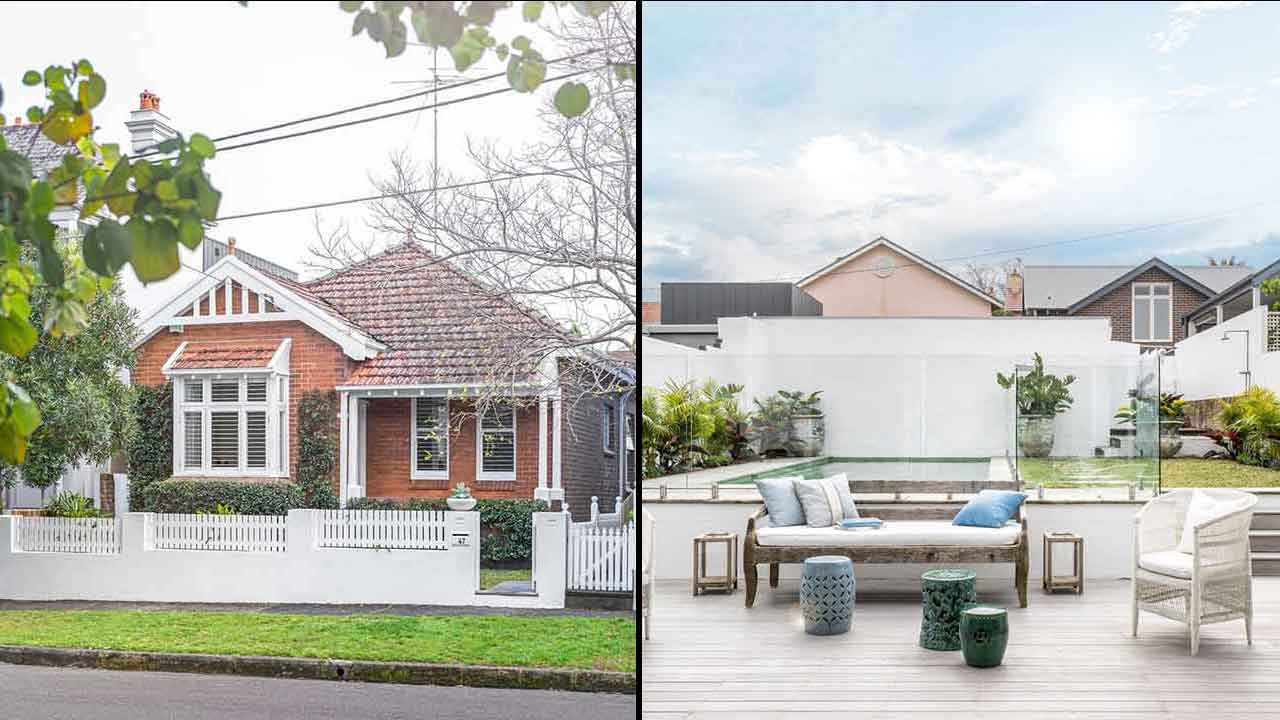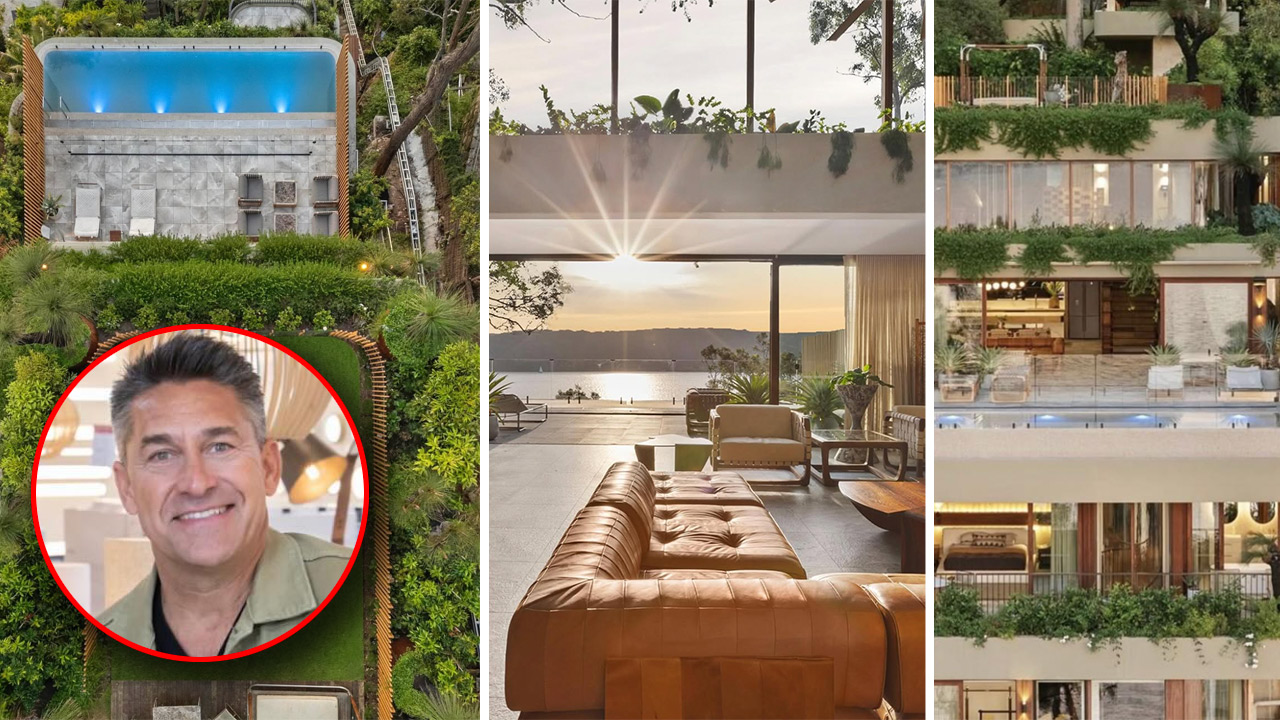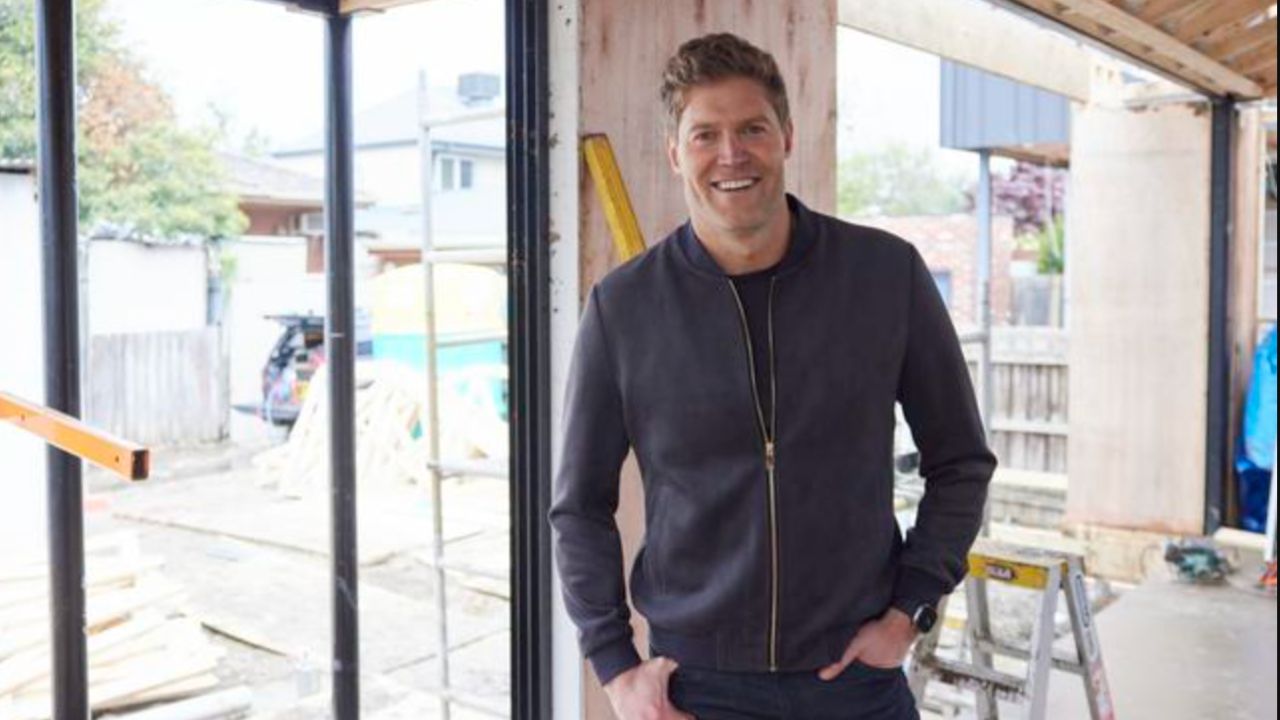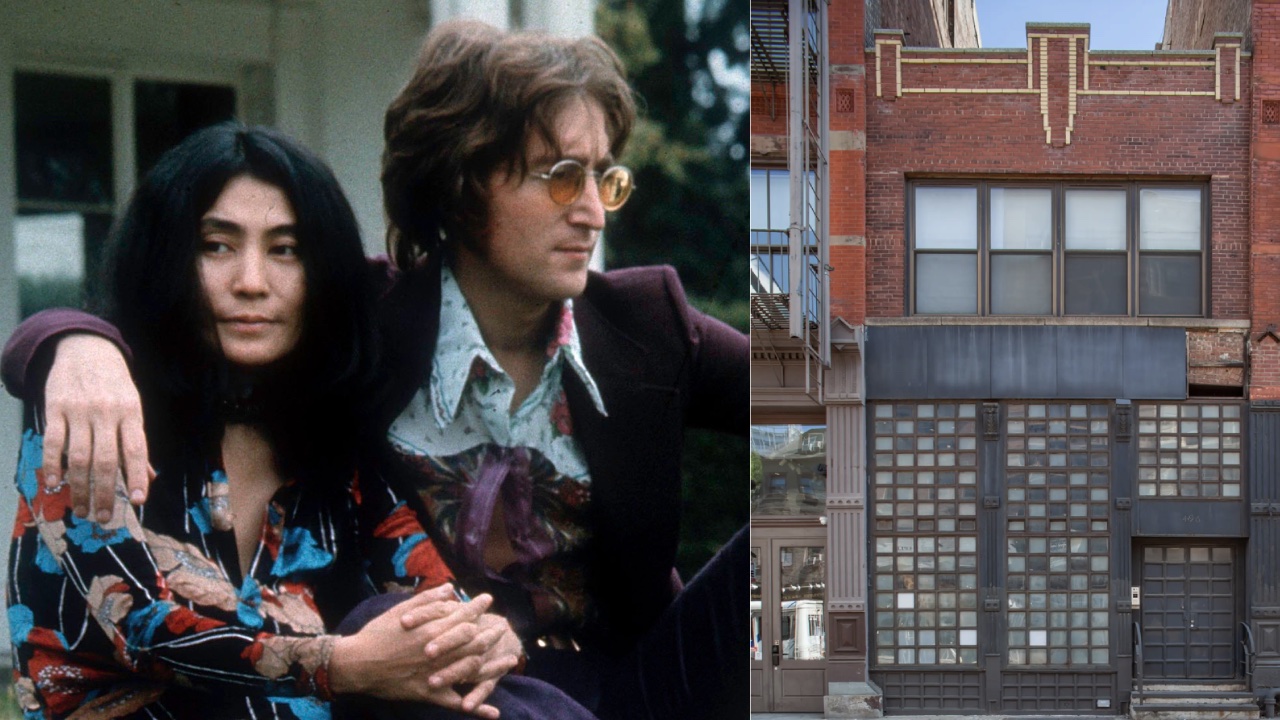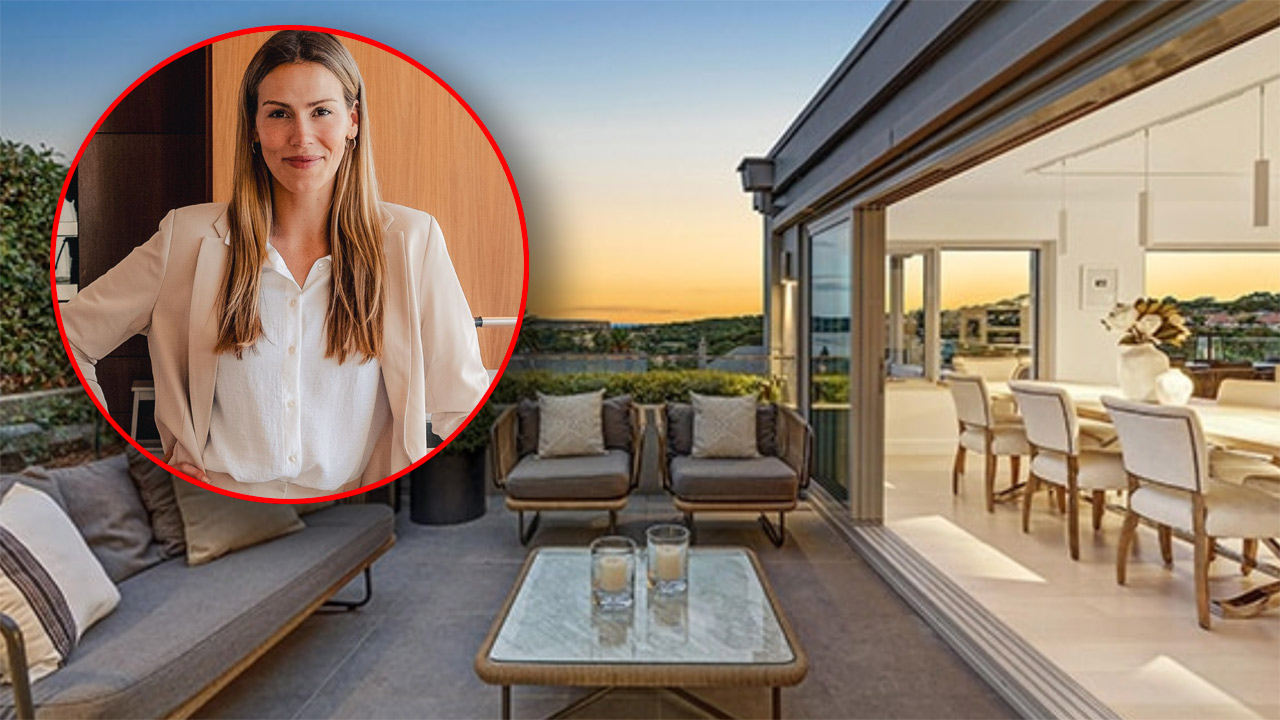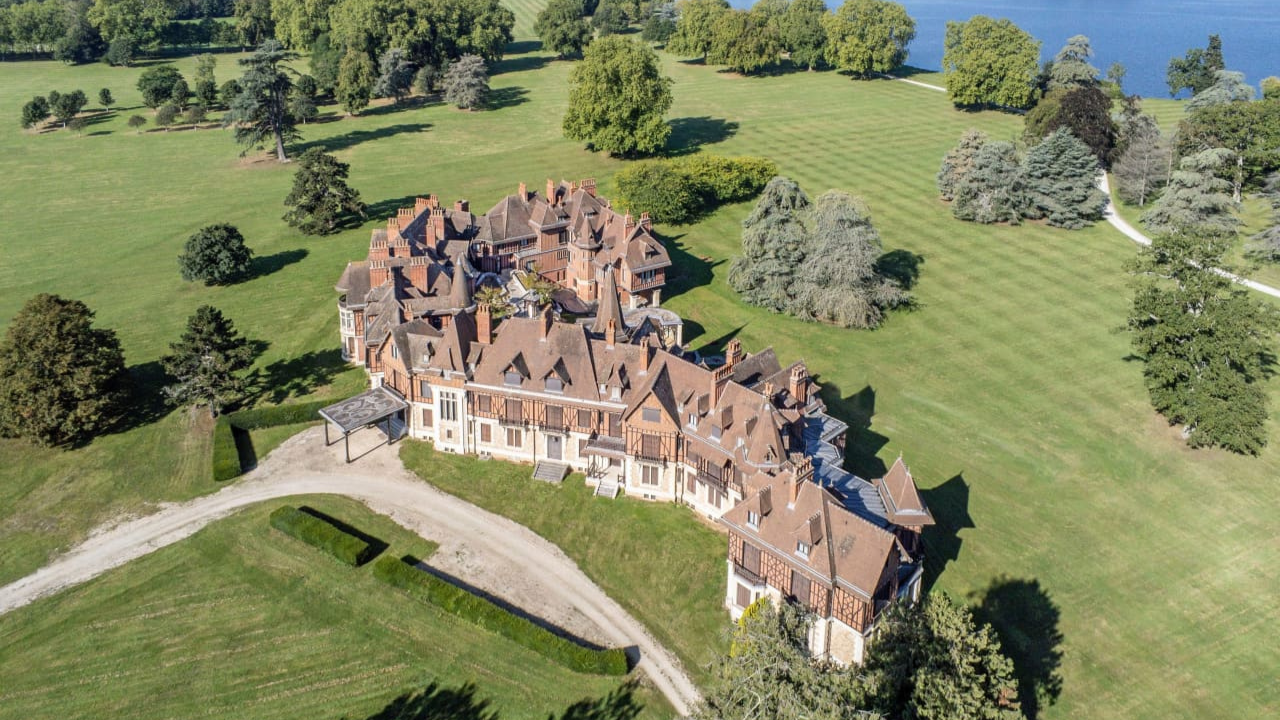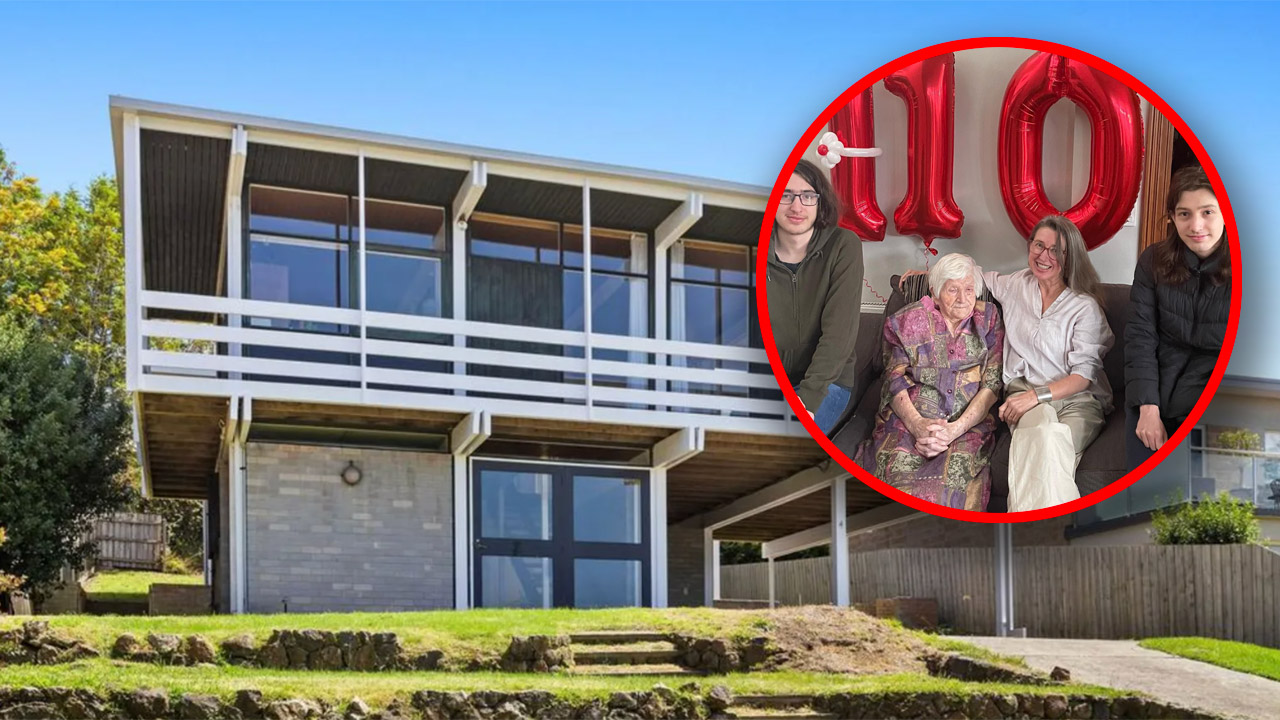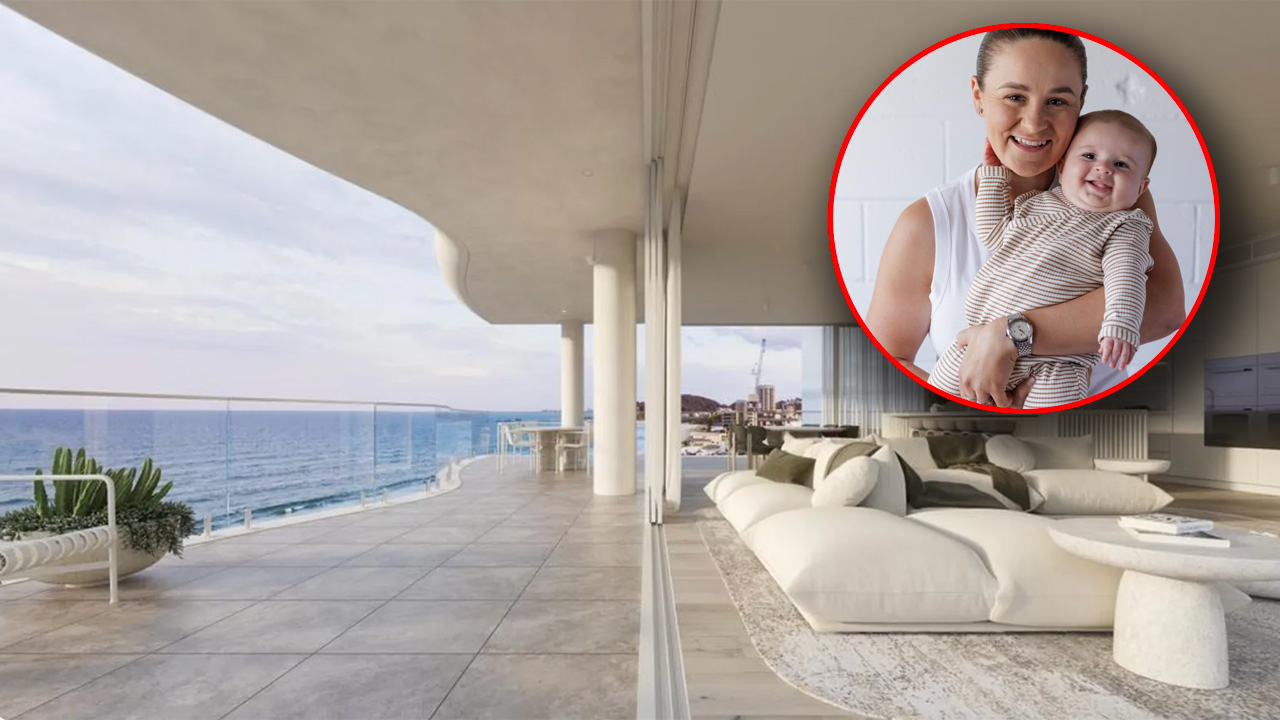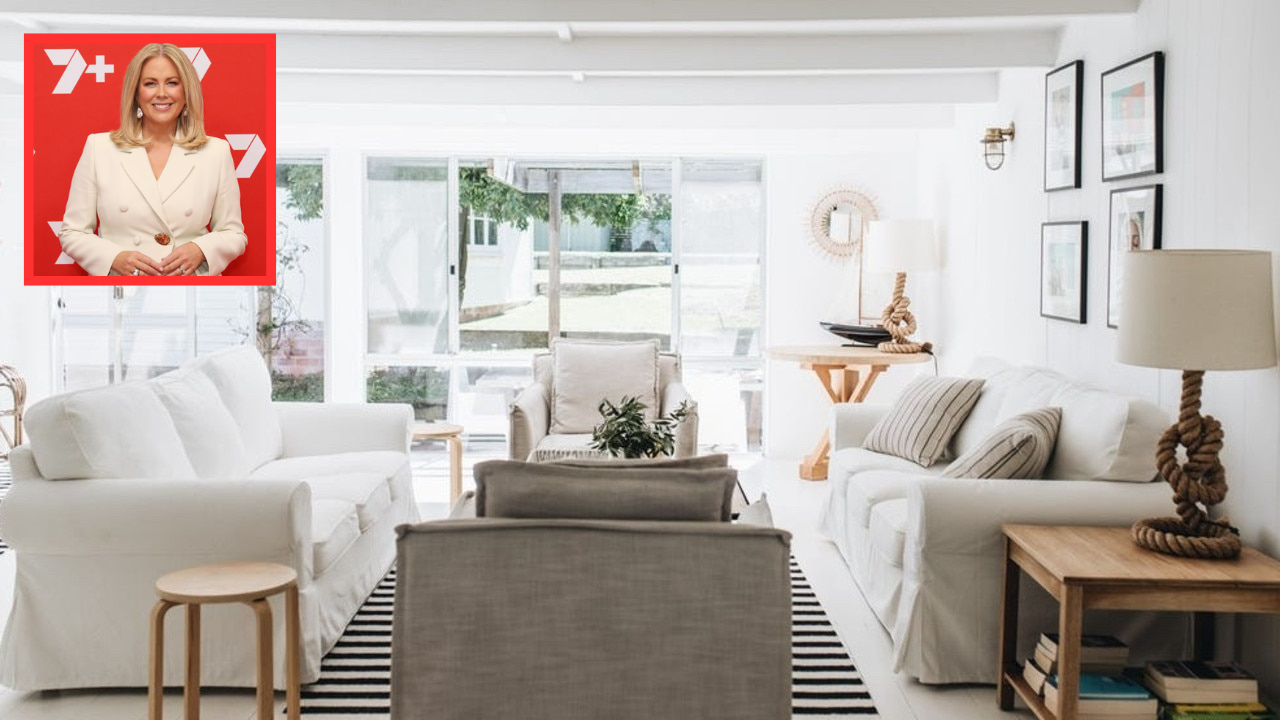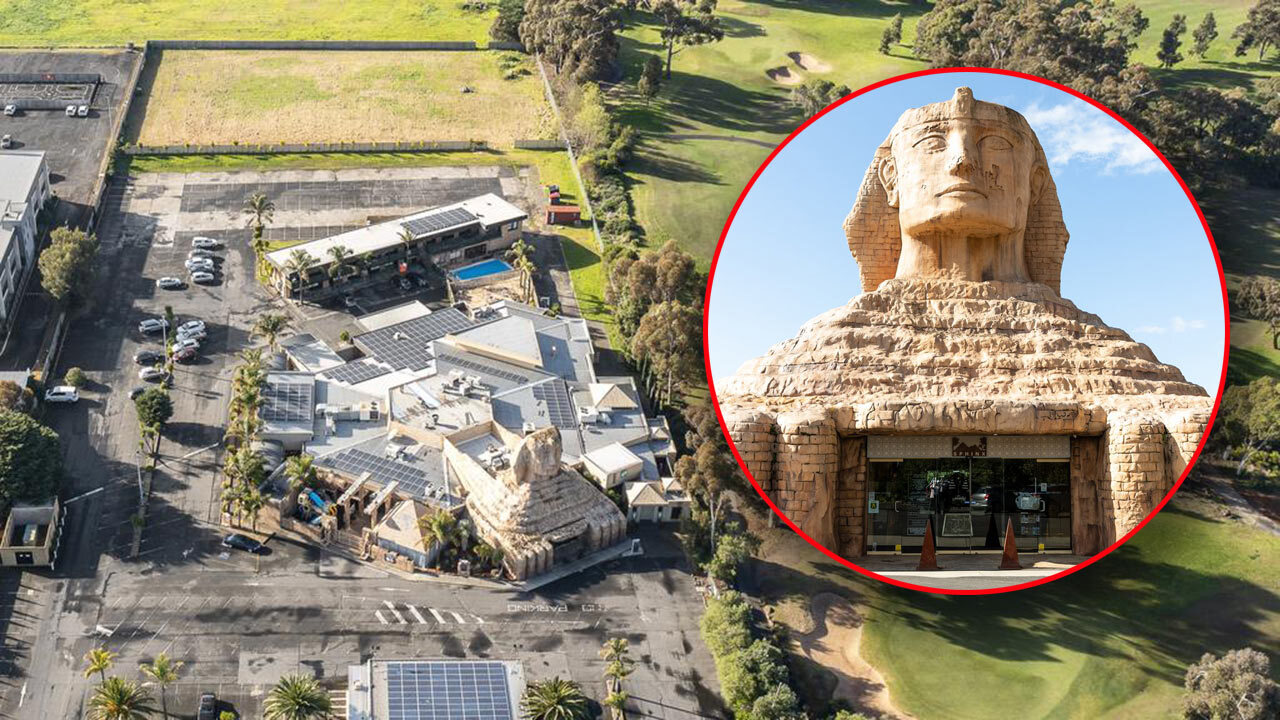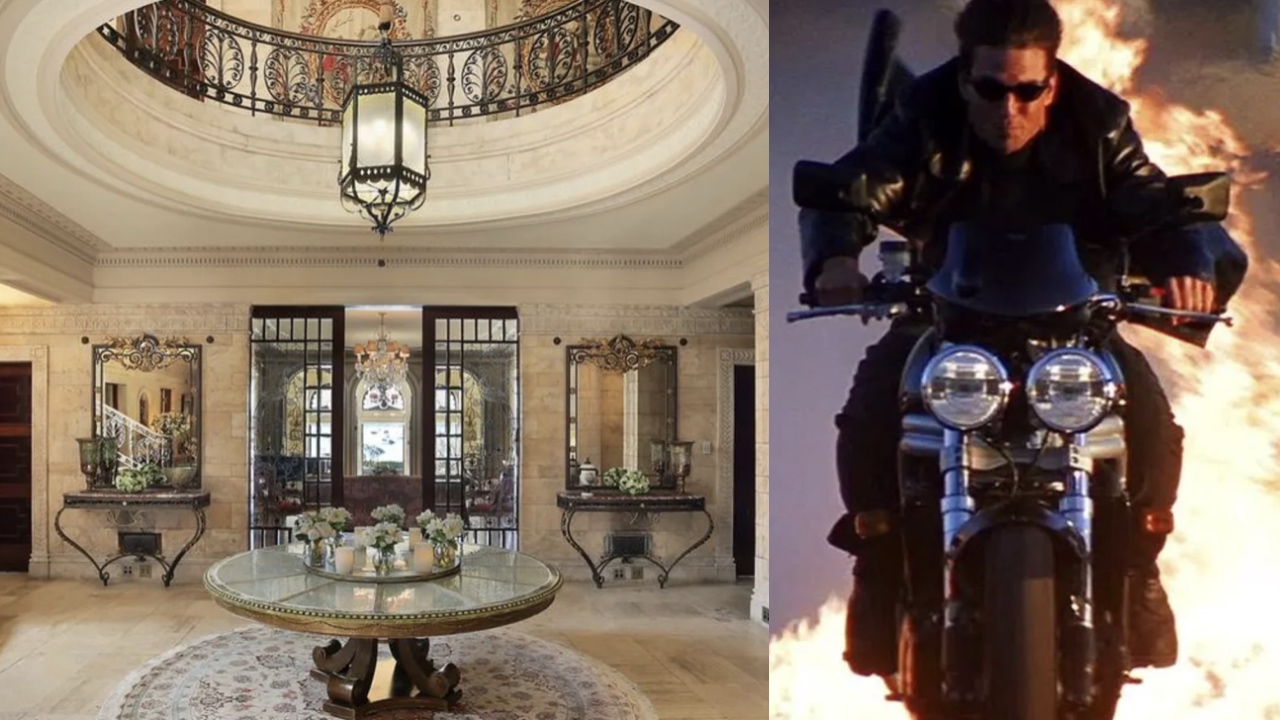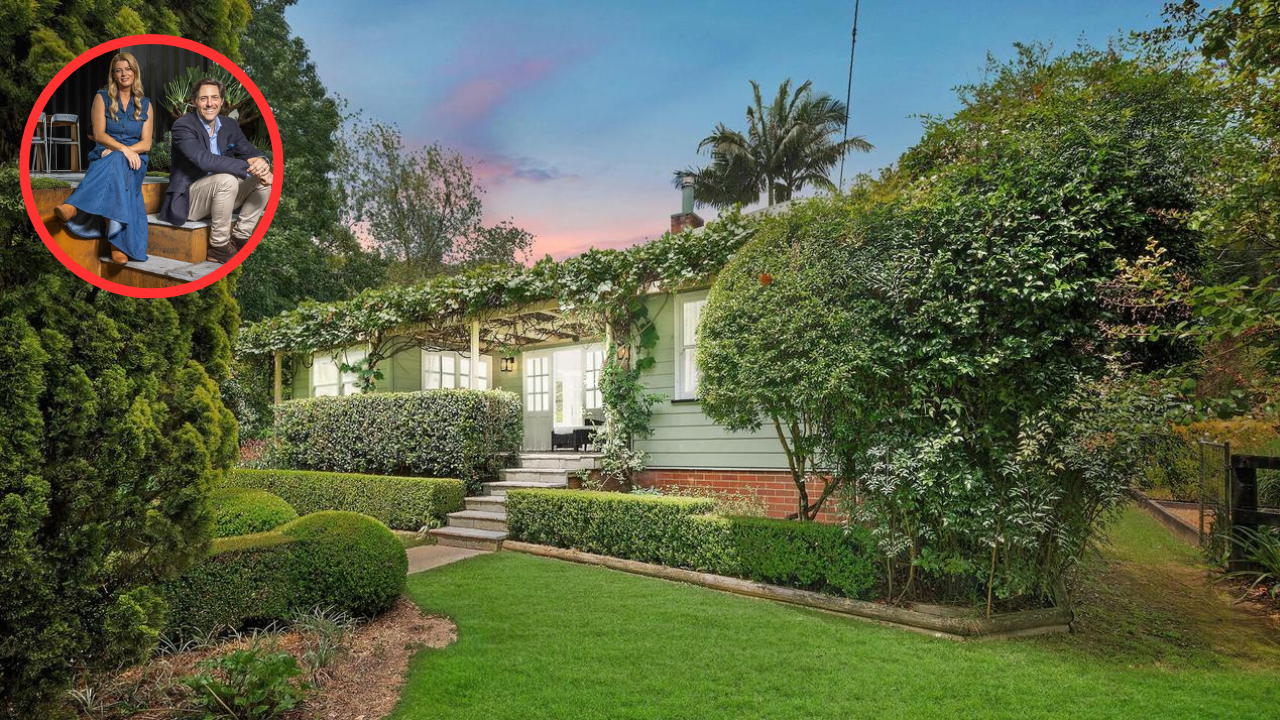Just like the iconic hairstyle, the pandemic has seen the mullet become a popular trend for homes – and if you’ve recently renovated, you might have a mullet house too.
And like the mullets on our heads, mullet houses keep it formal and private out the front and restrict the party to out the back.
The term is used in the real estate world to affectionately describe a house where the front façade is traditional and generally older, while the back is ultra-contemporary, per Domain.
Amid the boom of renovations during the pandemic – a period where the number of renos was 80 percent higher than pre-Covid levels according to the Housing Industry Association – modern spaces began appearing in our backyards as lockdowns saw many of us contend with the limited or non-functioning space we had.
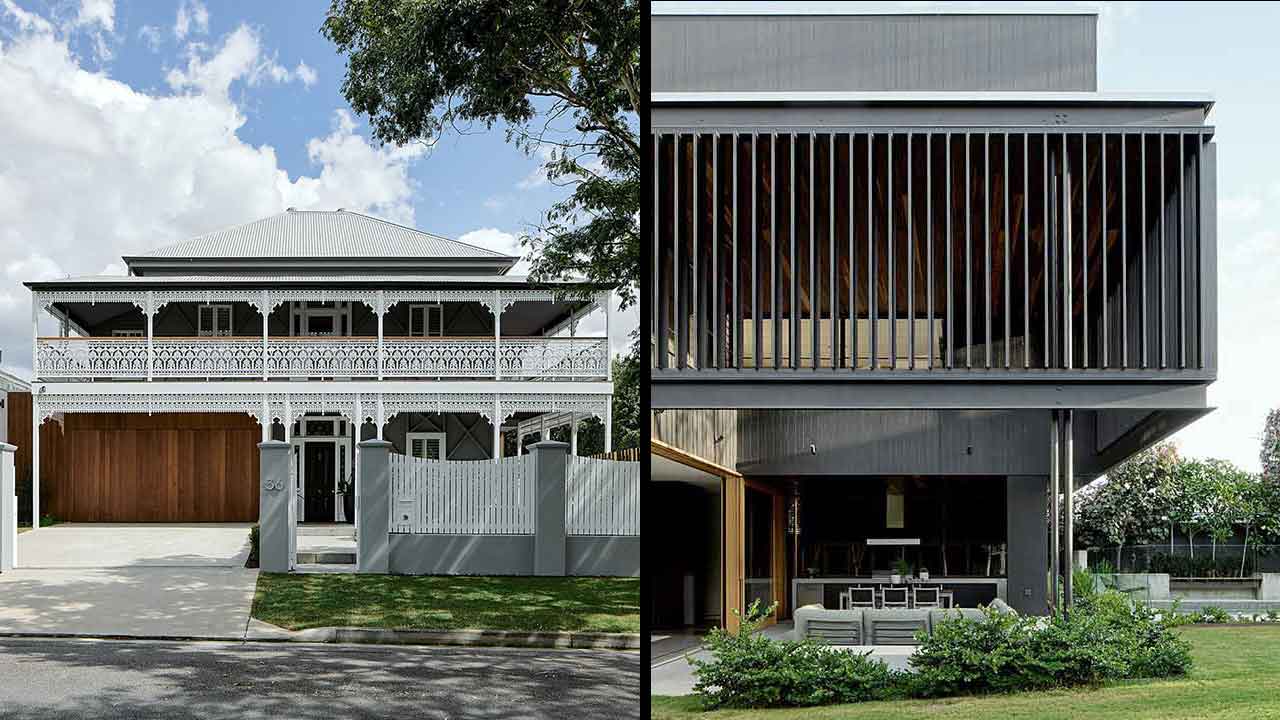
‘Mullet houses’ have been multiplying thanks to an explosion in renovations during the pandemic, with this home in Bulimba, Queensland, being a prime example. Images: Domain
Terraces, which make up 10 percent of Australia’s housing stock, saw some of the biggest mullet house transformations.
Meanwhile, heritage streets in Melbourne’s affluent inner and middle suburbs have seen mullet houses crop up, all while keeping up the character of the streets.
But, as homeowners feel the bite of rising interest rates and hefty mortgages the flood of pandemic renovations has reduced to more of a trickle, with buyers now opting for already-renovated homes over fixer-uppers.
Aaron Neighbour, the co-founder of Atlas Architects, told realestate.com.au that this was due to rising costs of materials and climbing interest rates.
“Up to 12 months ago we were doing a heap of renovations and I think with the HomeBuilder scheme … there was definitely that incentive,” Mr Neighbour said.
“At the moment, we find prices have inflated in the time (between designing and getting council or building approval).
“It’s tending to be quite expensive and a lot of people are finding they have to re-evaluate their project.”
Even so, mullet houses haven’t died completely, with Mr Neighbour noting that older buyers with “more savings” and those looking to renovate their forever home are still going forward with renovation plans.
Buyer’s advocate Nicole Jacobs said mullet houses have even become a particular preference for buyers.
“For homes with heritage overlays, many councils allow an extension on the back as long as it looks like it’s from a different era than the facade,” she said.
“A lot of people appreciate the (original) architecture and then put in a modern back end to meet the standard of living these days.”
Images: Domain
